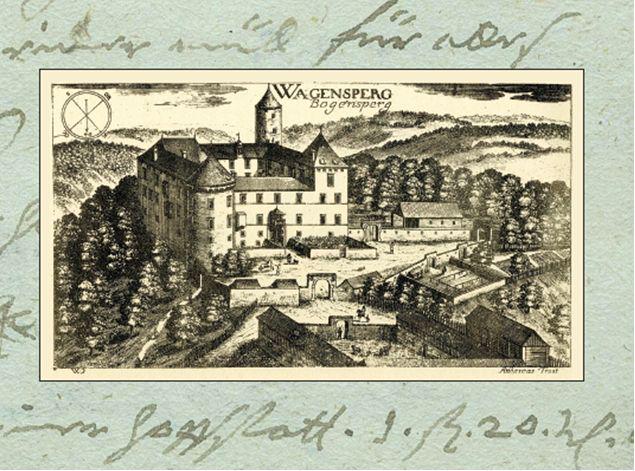
Its exact origins are uncertain, but researchers believe it was built sometime in the early 15th century for the Wagen family of nobles. The family ultimately died out, and the castle saw frequent changes in ownership. In 1672, it was purchased by a scholar named Johann Weikhard von Valvasor. He renovated the castle in the Renaissance style and added an extensive library and a printing press. The additions indicated Valvasor’s intense thirst for knowledge, as well as his desire to pass on the fruits of his research to future generations.
While living in the castle, Valvasor published The Glory of the Duchy of Carniola. In the book, he described the people, the nature, and the history of the Slovenian heartland. The volume was quickly recognized as a seminal work and brought this part of Europe to the attention of some of the continent’s leading scholars.
While Valvasor’s book was a success in terms of scholarship, it turned out to be a financial failure. It contributed to his debts and ultimately forced him to sell the castle after it had served as his home for two decades. In the centuries that followed, Bogenšperk Castle again went through a succession of owners, but its Renaissance design, complete with towers and intricate arcades, remained largely unchanged.
In 1943, during some of the fiercest fighting of World War II, it was looted, but unlike many castles in Slovenia, most of the structure remained intact. In the 1970s, Bogenšperk became one of the first castles in Slovenia to be thoroughly renovated.
Today, the castle is a museum. It has collections devoted to everything from geology and cartography to hunting. It also features a study decorated to look exactly as it did in Valvasor’s time, alongside a collection of his original correspondence – a tribute to the former owner who brought the Slovenian Lands to the attention of Europe’s educated elites.

































































